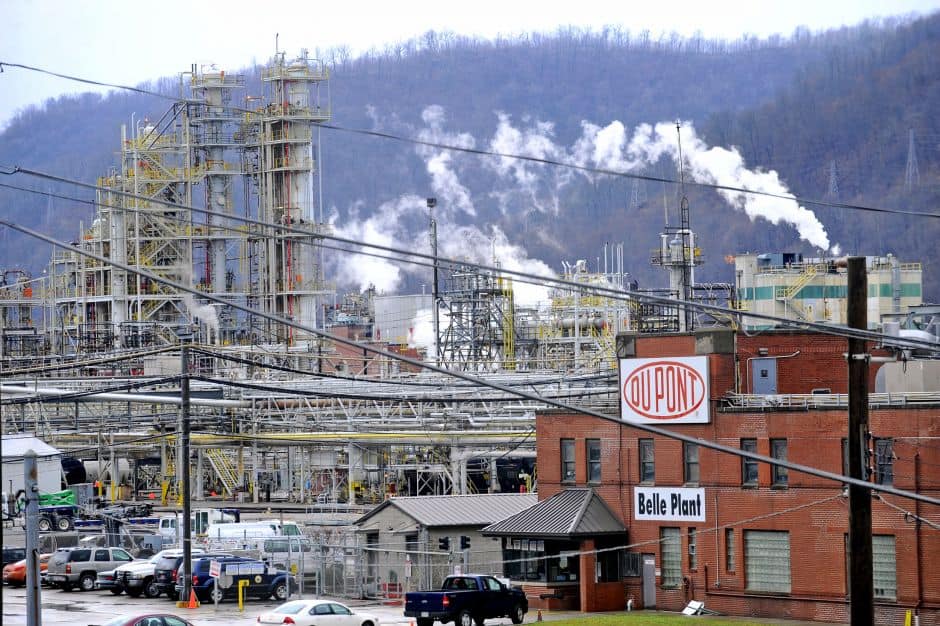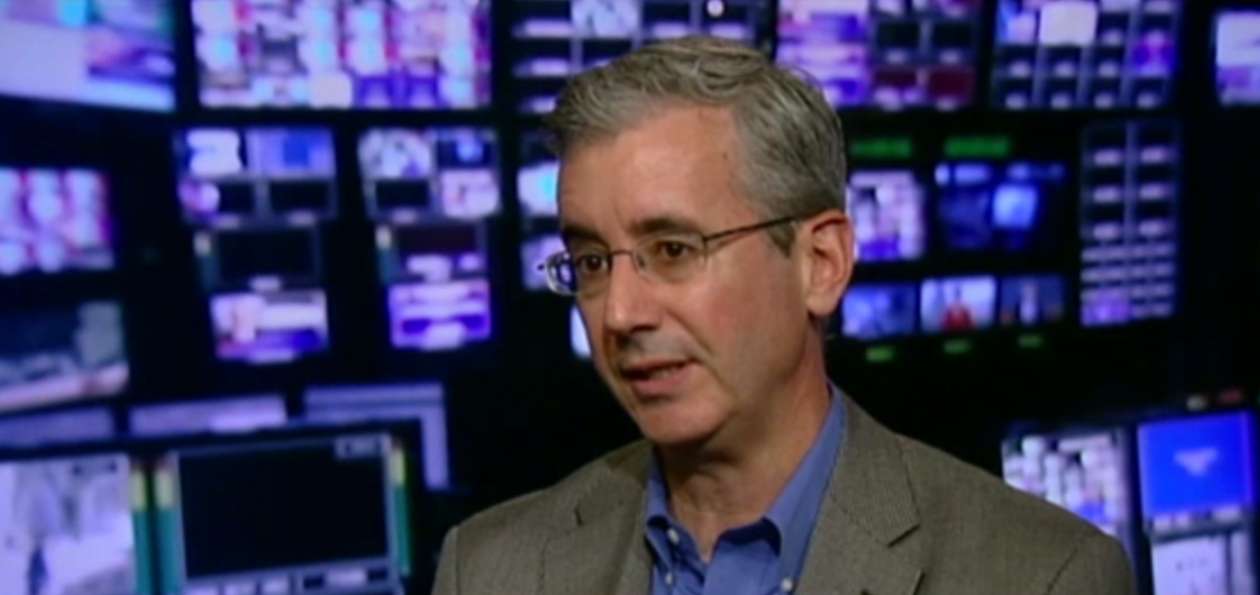Introduction

Jeff Gentner/AP
In Vermont, the Senate has just passed a bill potentially empowering the Green Mountain State to ban chemicals it deems harmful to consumers. Some 3,000 miles away, in Washington State, environmental reformers weren’t as successful: A bill to ban six toxic flame retardants died in the Senate, beaten back by industry opposition and politicians’ cries of state overreaching.
In state capitols from Maine to Oregon, environmental advocates are filing bills to identify and ban noxious chemicals and industry groups are fighting back with pointed rebukes and high-pitched lobbying. Toxic reform legislation is either breathing with new life or being extinguished altogether.
The toxics tug-of-war in state houses is direct fallout from the muddled environmental politicking of Washington, D.C.
In 1976, Congress passed the Toxic Substances Control Act, a federal framework intended to safeguard the public from dangerous chemicals. Yet in the nearly four decades since, TSCA, as it is known, has done little more than gather dust. Among tens of thousands of chemicals in commerce, the Environmental Protection Agency has “only been able to require testing on a little more than 200 existing chemicals,” and banned five, the EPA told The Center for Public Integrity.
Everyone wants to revamp TSCA — from the industry’s $100 million lobbying arm, the American Chemistry Council, to the Environmental Defense Fund, an advocacy group, to the EPA itself.
Yet three years to the month since the late New Jersey Sen. Frank Lautenberg proposed sweeping change through the Safe Chemicals Act of 2011, the TSCA overhaul remains in the works, with proposals, counter-proposals and criticisms about the working draft’s fine print.
Fed up with logjams in D.C., state legislators are filing hundreds of measures in their own states to do what the federal government hasn’t — take action against destructive chemicals, by singling out the most dangerous toxins and seeking to remove them from shelves.
While the political smoke continues in Washington, the chemical reform fire is playing out in statehouses from Montpelier to Olympia.
At least 442 bills involving toxics and chemicals have been filed in 2014, or refiled from previous sessions, covering 39 states, according to an environmental health legislation database maintained by the National Conference of State Legislatures. A year earlier, 399 such bills were filed and the year before that, the database shows, more than 500.
“There’s only so much you will say, ‘We can wait and see. It will be great if the feds do something.’ I think people are losing patience,” said Justin Johnson, deputy secretary of the Vermont Agency for Natural Resources.
As the Center for Public Integrity reported last year, the American Chemistry Council and other industry groups fight nearly every state measure, contending that a patchwork of state laws would do more harm than good, and that true change should come through TSCA. The industry’s statehouse pushback, fueled by a chemical advocacy group that spends tens of millions of lobbying dollars along with making political campaign donations, has helped beat back hundreds of state bills in recent years.
Vermont’s Johnson is among the state officials who understand the argument that having multitudes of differing state laws “is not the way to go.” Yet in his state, as in others, the argument of waiting for Congress to act has grown stale.
“I’ve been personally to the statehouse here in Vermont for five years in a row. ‘Let’s wait and see what the feds do,’” said Johnson, who serves on the Environmental Council of the States, a nonpartisan association of state leaders. “It’s getting pretty old.”
Bills filed, and fought, from Vermont to Washington State
Last week in Vermont, the Senate approved Senate Bill 239, which would allow the state Department of Health to “identify and publish a list of chemicals of high concern,” following the lead of states such as Washington and Maine. The bill would require manufacturers of products using such chemicals to notify the state, “and to replace the chemical with a safer alternative.”
“Given where we are with the toxics reform at the federal level; given that we haven’t seen movement there; and given that we have over 60,000 chemicals that haven’t been adequately tested for their effect on public health, this is the way to begin,” the bill sponsor, Sen. Virginia “Ginny” Lyons, told a Vermont news website.
The bill must clear the House before becoming law.
As in other states, the toxics legislation faces opposition from industry, with lobbyists describing it as another piece in a patchwork of state laws across the U.S.
The Toy Industry Association, a trade group composed of 700 members, has gone on record opposing the bill, citing what it views as a “flawed scientific approach” as the basis for the measure, and the “immense cost to businesses” and the state.
“TIA commends the bill sponsors for their keen interest in the safety of children. We share that interest, and our industry is founded on the mission of bringing fun and joy to children’s lives,” the association wrote Vermont legislators.
“However, we have serious concerns regarding Senate Bill 239 as it does not consider the existing robust safety system for toys sold in this country — including federal regulation and international standards — and will create unnecessary burden on companies doing business in Vermont with arguably no measurable increase in safety.”
In Washington State, industry opposition helped quash the Toxic-Free Kids & Families Act. The measure would have banned six flame retardants on the state’s list of “Chemicals of High Concern for Children” — and put the onus on manufacturers to replace them with safer chemicals.
Sen. Sharon Nelson, a Democrat who has pushed toxics legislation for several years in Washington State, is among the legislators weary of waiting for the federal government to act. “We haven’t seen the changes at the federal level,” she said. “Ultimately the science will prevail, but it’s hard.”
As they had in previous sessions, the Association of Washington Business and the American Chemistry Council pushed back against the flame retardants bill, officially filing opposition to the proposal.
The bill died in the state Senate.
“I’ve seen every time we go into this across the nation, the chemistry council comes in behind the scenes and does a good job about casting questions: Should we be doing this at the state level? They’ve done a good job of just constantly either trying to water down the bills or kill them,” Senator Nelson said. “They’ve been effective. They are well-heeled lobbyists.”
Republican State Sen. Doug Ericksen, chair of the Washington legislature’s Energy, Environment & Telecommunications Committee, said the bill as proposed was problematic, putting too much power in the hands of a state agency to potentially ban chemicals.
Ericksen said he proposed a compromise measure but Democrats didn’t go along. Sen. Nelson said that measure was watered down to ban chemicals already being phased out.
In a broader sense, Sen. Ericksen echoes the industry’s biggest complaint with state bills. “The issue you get into is creating an island in Washington State,” Ericksen said. “I would say it doesn’t help for Washington State to have a go it alone mentality.”
Brandon Housekeeper, an Association of Washington Business government affairs official, used the same phrasing as Ericksen in describing his group’s opposition, asking “Whether Washington should act alone as an island and ban chemicals used in commerce.”
Housekeeper said the AWB, which describes itself as the state’s “premiere advocate for the business community” representing 8,000 members, helped Ericksen create the alternate bill. “Just an out and out ban in these things in their use didn’t seem appropriate, so we proposed a different path to get to that result,” Housekeeper said.
How effective was the industry effort? “I think the opponents of the legislation obviously had some voice and hand in how legislators reacted to the legislation. Because I think we asked valid questions,” Housekeeper said.
The AWB’s slogan: “We mean business.” Ericksen said he listens to industry and “all different points of view.”
“The industry groups are not necessarily opposed to eliminating these harmful chemicals from these product lines,” he said. “They just find it difficult when they are mandated to be included in one state and mandated to be prohibited in another state.”
More state battles: Oregon, Connecticut, Maine
Legislators in other states have also filed bills this session to identify and remove unsafe chemicals. In state after state, the legislation encounters strong industry pushback, with critics working capitol hallways to douse reform proposals.
“Even if these bills don’t pass, it’s raising awareness,” said Oregon Rep. Alissa Keny-Guyer, who for several years has proposed a bill that would, like Washington State’s, create a state list of high priority chemicals for children’s health.
Again this year, the bill was shot down. “The industry fought it very hard,” the Oregon legislator said.
Creating lists of dangerous chemicals can make a difference, Keny-Guyer believes. “If companies see they are showing up in these things, there’s much more incentive for them to find safer chemicals,” she said.
In many states, getting from proposal to approved bill is a steep climb.
In Connecticut, advocates are again trying to win approval for a bill allowing the state to compile and maintain a list of harmful chemicals. Supporters crafted the bill so it would not cost the state government a penny.
That same measure was pitched in 2013 but failed when the proposal was talked to death by a committee and never came to a vote.
“We really feel like we’re doing everything we can to kind of build momentum, but we’re not resting on anything at this point. I know that the industry is continuing to fight the bill on a daily basis,” said Anne Hulick, coordinator for the nonprofit Coalition for a Safe & Healthy Connecticut. “I’m worried the opposition is building and we don’t see it.”
The lack of an updated TSCA is a “really big factor,” she said, in why states like Connecticut need their own laws to target hazardous chemicals.
In Maine, advocates are pushing legislation in a state where the Republican governor last year vetoed a bill intended to protect pregnant women and children from harmful chemicals, and where the head of the Department of Environmental Protection is a former lobbyist for the American Chemistry Council. A spokeswoman for the Maine DEP’s director, Patricia Aho, said any potential conflicts had been “thoroughly vetted” before she took office in 2011. The governor’s office said he vetoed bills that were “not good policy.”
This year’s toxic reform push is a direct offshoot of the languishing pace of TSCA overhaul in D.C.
“It’s huge,” said Beth Ahearn, political director for the Maine Conservation Voters. “It creates all the reason we’ve decided to go ahead on our own, because we cannot wait for TSCA reform.”
Read more in Environment
Environment
Is this U.S. coal giant funding violent union intimidation in Colombia?
Alabama-based Drummond Co. sued for alleged ties to group behind deaths, threats


Join the conversation
Show Comments